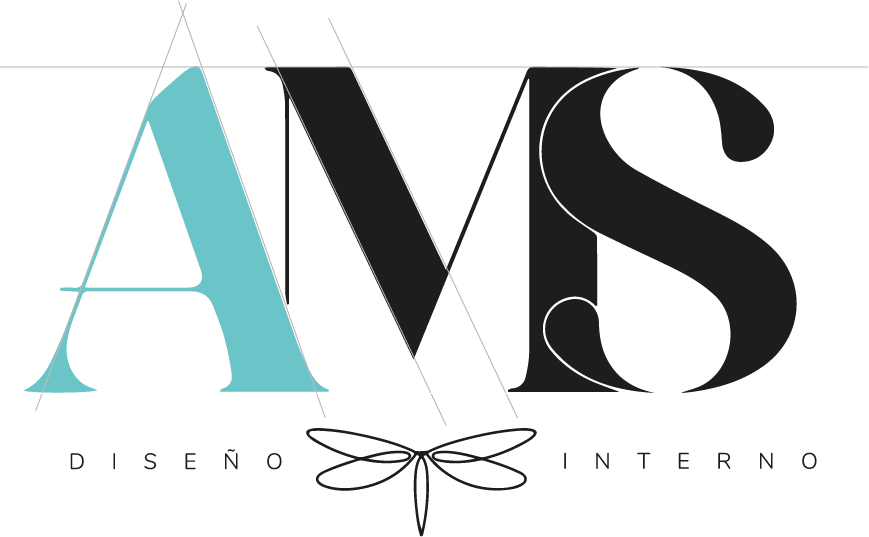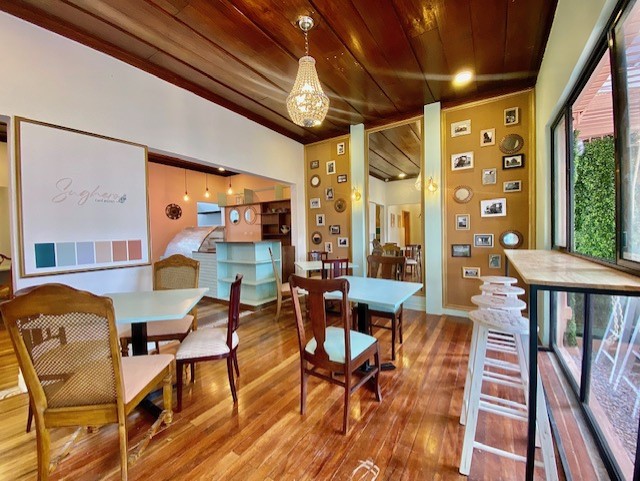INTERIOR DESIGN FOR GASTRONOMIC BUSINESSES
Interior design is a discipline that focuses on creating functional, aesthetic, and comfortable environments within building interiors. We not only provide guidance for residential projects but also for all types of commercial establishments, such as gastronomic businesses.
Gastronomic businesses are those that offer food services, such as restaurants, cafes, bars, pizzerias, etc. These businesses aim to meet the needs and expectations of their customers by offering quality products, good service, and a memorable experience.
To achieve this goal, interior design plays a fundamental role as it influences the perception, behavior, and emotions of customers. Good interior design attracts, retains, and recommends customers, while poor design can lead to rejection, dissatisfaction, and loss of clientele.
How to design the interiors of a gastronomic business?
Interior design of a gastronomic business must take into account various aspects such as the type of business, target audience, concept, style, color, lighting, furniture, layout, decoration, acoustics, ventilation, cleanliness, and security. Additionally, it must consider its competition, as part of the goals of good internal design is precisely to differentiate each business, providing it with its own identity that sets it apart completely from other businesses offering a similar product.
MAIN ASPECTS
- Type of business: Interior design must adapt to the type of gastronomic business one wants to create. For instance, a high-end restaurant is different from a casual café. The type of business determines the level of formality, sophistication, price range, and duration of customer stay.
- ● Target audience: Interior design should target the desired audience, as the needs and expectations differ for young people, adults, families, or couples. The target audience defines customer preferences, tastes, needs, and expectations.
- ● Concept: Interior design should reflect the concept of the gastronomic business, including the idea, message, philosophy, and identity one wants to display. The concept can be related to gastronomy, culture, history, geography, theme, etc., and should be coherent, original, and distinctive.
- El estilo: ● Style: Interior design should follow a style consistent with the concept, type of business, and target audience. Styles can vary from classic, modern, rustic, minimalist, industrial, vintage, etc. For this, it’s also important to consider the geographical location and architectural characteristics of the commercial space.
- Color: The interior designer, in collaboration with the client, should choose a color palette appropriate for the style, concept, and type of business, as color greatly impacts the atmosphere, mood, and sensations of customers. In many cases, the color palette can come from the business's logo and overall branding. When dealing with new commercial spaces, the interior designer can work with the graphic designer to ensure that the brand and internal design align.
- ● Lighting: The lighting proposal should be functional, aesthetic, and comfortable; providing good visibility, ambiance, and regulation. It's essential to balance natural and artificial lighting correctly, and the designer should present the lighting proposal once the client approves the architectural layout and furniture distribution, as each space must be treated specifically.
- ● Furniture: Furniture should be comfortable, practical, and attractive, facilitating movement, service, and cleaning. It should align with the style, concept, and type of business. It is ideal to consider both fixed and modular or foldable pieces. It's crucial for the designer to propose ergonomic, durable, and high quality furniture suitable for high traffic, ensuring a long lifespan that's a long-term investment for the client.
It is very important that the interior designer always proposes ergonomic, resistant and quality furniture, suitable for high traffic, that guarantees the client a long useful life, as it will be a long-term investment.
AMBIANCE
- ● Layout: The internal design proposal should maximize space utilization. It should consider proper circulation, starting from organizing the kitchen area effectively, as it is the heart of the business where the profitable product is made. The layout should consider work areas, access points, customer service, waiting areas, service areas, restrooms, etc.
- ● Decoration: Interior design should incorporate decorative elements that add identity, character, and charm to the gastronomic space; complementing the style, concept, and type of business. Decorative elements function as the final touch that provides the warmth the space needs, pleasantly surprising dinners. It's essential not to randomly purchase these items or leave them for the very end of the project.
- ● Acoustics: Controlling noise levels and sound quality in the interior space is recommended. Proper acoustics facilitate conversation, music appreciation, and silence. Acoustics can be improved using absorbent, insulating, and diffusing materials. The design proposal should consider this aspect with special interest, as a business can have a spectacular offering, but if the place doesn't allow diners to enjoy themselves comfortably, they may not return, let alone recommend it.
- ● Air circulation: Correct interior design ensures good ventilation, considering both natural and artificial means, and a mixed approach. The proposal should offer the possibility of air renewal, odor elimination, and temperature regulation; according to space dimensions, number of diners, and geographical location.
The approach must offer the possibility of renewing clean air, eliminating odors and regulating the temperature, in accordance with the dimensions of the space, the number of people seated and the geographical location of the premises.
What are the benefits of interior design for gastronomic businesses?
Interior design offers multiple benefits for gastronomic businesses, including:
- ● Improving the business's image and reputation, building trust and credibility with customers.
- ● Reinforcing the business's identity and differentiation, leading to recognition and market positioning.
- ● Increasing customer satisfaction and loyalty, boosting revenue and profitability.
- ● Enhancing business productivity and efficiency, resulting in resource savings and optimization.
- ● Contributing to the well-being and motivation of staff, fostering commitment and professionalism in service.
Conclusion
Interior design is a key tool for the success of gastronomic businesses, creating functional, aesthetic, and comfortable interior spaces that attract, retain, and recommend customers. Interior design must consider various aspects such as: the type of business, target audience, concept, style, color, lighting, furniture, layout, decoration, acoustics, ventilation, cleanliness, and security.
It offers multiple benefits for gastronomic businesses, such as improving image, reinforcing identity, increasing satisfaction, boosting productivity, and contributing to well-being.
We invite you to follow us on Instagram @marcelasotointeriordesign, so you don't miss out on what we're continually posting. Don't hesitate to contact us if you need design for this type of projects. We take care of the entire process, delivering it ready for you to receive your customers in the best way possible, how they deserve it!


